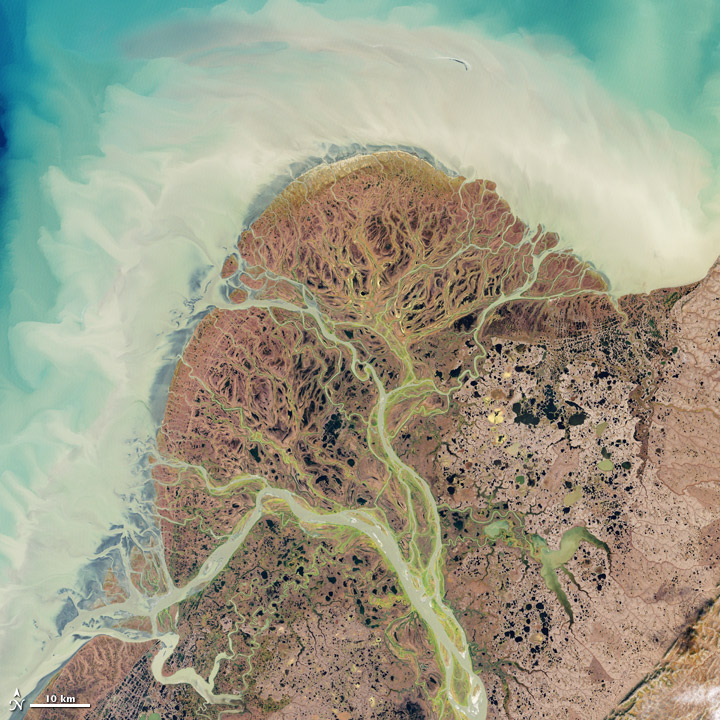IHDP recently conducted a large-scale global survey of 1,276 scholars from the social sciences and humanities involved in human dimensions of global change research (the full survey report here is UNU-IHDP Survey Results 09 2011.pdf), which calls for a “global assessment and synthesis of social sciences and humanities findings of relevance to global environmental change”, which is something that ecologists and earth system scientists have been requesting for years (see here and here). This sounds like a great initiative and I hope it will be able to attract funding. It would be a shame if it only includes social scientists, because global change research should be trying to understand the planet as an integrated system not reinforce disciplinary divisions.
The survey identified the highest priority areas for research as:
- equity/equality and wealth/resource distribution;
- policy, political systems/governance, and political economy;
- economic systems, economic costs and incentives;
- globalization, social and cultural transitions.
The report concludes:
There was very strong support for the concept of a global assessment of social science and humanities research findings of relevance to global environmental change, in order to improve awareness of current research, strengthen collaboration, and develop policy-relevant material. From 88 to 92% of respondents supported such an assessment, whether they knew of IHDP or not, and whether their training was in the social sciences or environmental sciences, IT or engineering. Moreover, this support was backed up by a willingness to participate. From 49 to 59% of respondents—in all of the above-mentioned categories—said they were interested in participating, and an additional 32 to 34% in each categories said they would consider participating.
In brief, these results indicate that there is a large interdisciplinary group of scientists working on issues of global environmental change who feel that there is a strong need to integrate more social sciences perspectives, and who are willing to participate in the effort to do so. Their highest priority research areas were identified as equity and equality, and wealth and resource distribution; policy, political systems, governance, and political economy; economic systems, economic costs and incentives; and globalization and social and cultural transitions.
In response to this mandate, IHDP will convene a broad group of social scientists and humanities scholars to undertake a global assessment and synthesis of social sciences and humanities findings of relevance to global environmental change. Priority research areas will include the four identified by survey respondents (see above) as well as others developed by a Science Assessment Panel. The main questions to be addressed by the Assessment will include identifying the direct and indirect drivers of unsustainable behaviors, and figuring out how to leverage societal transformations towards social and environmental sustainability.







